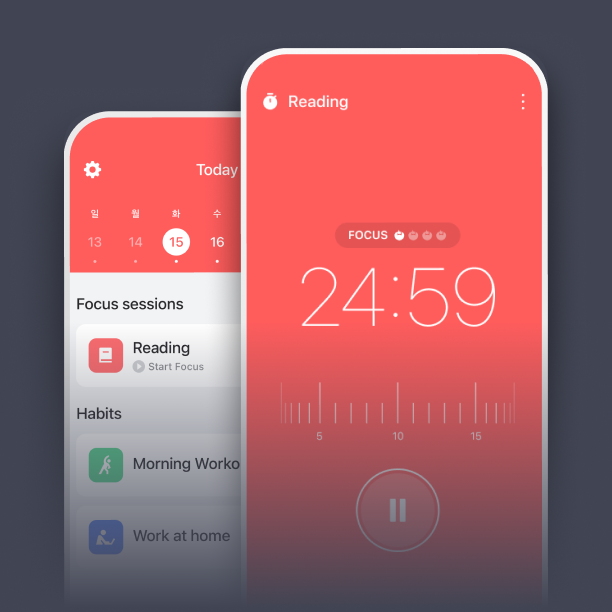What is unplugging routines?

What is unplugging routines?
In today’s tech-saturated world, our devices are constant companions. They distract us, overwhelm us, and sometimes keep us from truly enjoying the moment. This is where unplugging routines come into play. These routines provide a structured way to disconnect from our screens and reconnect with ourselves and our surroundings. By embracing unplugging routines, we can enhance our productivity, improve our well-being, and find balance in our busy lives.
Understanding Unplugging Routines
What Are Unplugging Routines?
Unplugging routines are intentional practices that help you disconnect from digital devices and the online world. They can include scheduled breaks from technology, setting aside time for hobbies, or simply engaging with the physical world around you. The aim is to create a space where technology does not dominate your time or attention. This practice allows you to refresh your mind, re-center your thoughts, and engage with life more fully.
Benefits of Unplugging Routines
The advantages of incorporating unplugging routines into your life are numerous. Here are a few key benefits:
-
Improved Focus: When you disconnect from digital distractions, your ability to concentrate on tasks improves significantly. Studies show that minimizing screen time can enhance cognitive function and help you tackle tasks more efficiently. For more on how unplugging can boost productivity, you can explore this article from Forbes.
-
Reduced Stress: Excessive screen time can contribute to feelings of stress and anxiety. By establishing unplugging routines, you give your mind a chance to relax and recover. Research indicates that even short breaks from technology can lower stress levels. For more insights, check out this article on the benefits of unplugging from electronics.
-
Enhanced Creativity: When you step away from your devices, your mind can wander freely. This can lead to bursts of creativity and new ideas, as you allow yourself to think outside the box without the constraints of digital distractions.
-
Better Work-Life Balance: Unplugging routines encourage you to prioritize time for yourself and loved ones. This can lead to stronger relationships and a greater sense of fulfillment in your daily life.

Photo by Tima Miroshnichenko
Creating Your Unplugging Routine
Identifying Your Triggers and Goals
To successfully implement unplugging routines, start by identifying what prompts your need to unplug. Are you feeling overwhelmed by work emails? Do social media notifications distract you during personal time? Understanding these triggers will help you set clear goals for your unplugging efforts. Perhaps your goal is simply to spend one hour a day without screens or to unplug completely during meals.
Choosing the Right Time and Setting
Timing matters when it comes to unplugging. Find moments in your day where you can easily step away from technology. This might be during your morning coffee, while commuting, or before bed. Additionally, choose settings that support your unplugging efforts. Whether it’s a cozy corner of your home or a quiet park, being in a peaceful environment can enhance your experience.
Incorporating Activities During Unplugging
Think about how you’ll spend your unplugged time. Instead of scrolling through your phone, consider engaging in activities like reading a book, going for a walk, or practicing mindfulness. These alternatives not only occupy your time but also enrich your experience. Spending quality time with friends or family during these moments is another rewarding option.
Maintaining Consistency with Your Routine
Tracking Progress and Making Adjustments
Keeping track of your unplugging routines is essential for long-term success. You might want to maintain a journal or use an app to log your unplugged hours and how they impact your mood and productivity. Reflecting on your experiences can help you see patterns and make necessary adjustments. Perhaps you find that weekends are a great time for longer unplugging sessions, while weekdays require shorter breaks.
Staying Committed in a Digital World
Committing to unplugging in a world filled with digital temptations is no easy feat. To stay motivated, remind yourself of the benefits you experience when you unplug. Create visual reminders, like sticky notes on your desk or phone, to encourage you to take breaks. Joining a community or finding an unplugging buddy can also provide support and accountability on your journey.
The Long-Term Impact of Unplugging Routines
Incorporating unplugging routines into your life can have lasting positive effects on your well-being. Not only can they help improve your focus and reduce stress, but they also lead to better relationships and increased creativity. As you cultivate these habits, you’ll likely find that your overall quality of life improves. So why not start your own unplugging routine today? Embrace the freedom that comes with disconnecting and see how it transforms your daily experiences.
